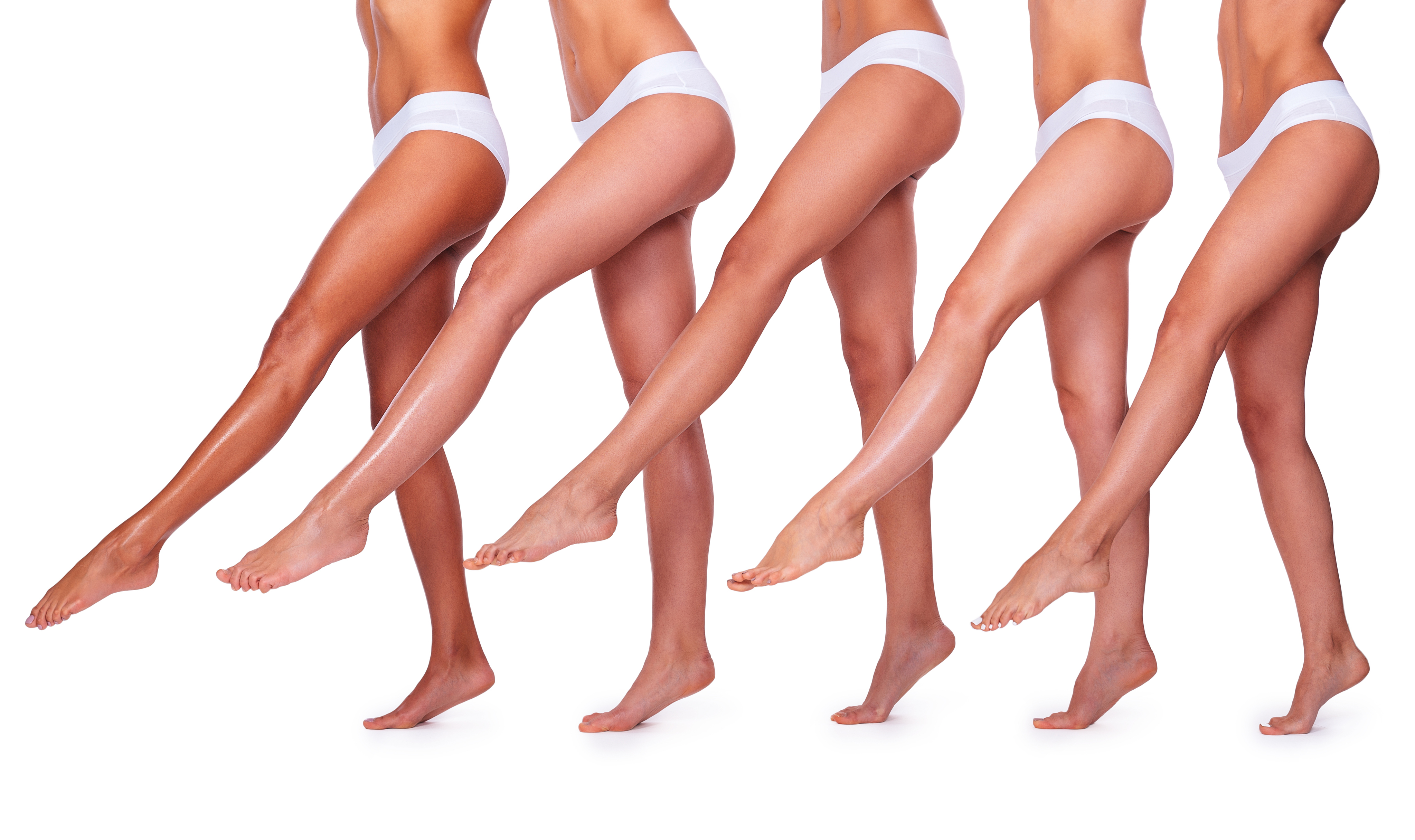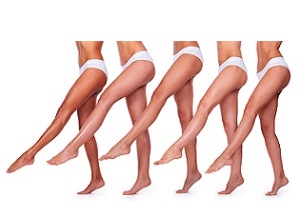Varicose veins of the lower limbs is currently one of the most common civilization disease. It is estimated that almost 60% of adults in Poland suffer from this ailment. The main reason for the formation of varicose veins is the venous insufficiency cause by valve damage, resulting in venous blood regression. The veins then stretch, become easily felt under the skin and often very painful.
When do we deal with varicose veins?
Varicose veins on the legs are best visible in a standing position, mainly on the inside of the calves, thighs, but also behind the knees. Most often they take the form of swollen, convex veins with a fairly intense shade of purple or blue. They are accompanied by intensifying, especially at the end of the day, feeling of leg heaviness and swelling. Although varicose veins look extremely unpleasant, this is not just a cosmetic problem. Untreated, often lead to serious health problems. In turn, rectal varicose veins, or hemorrhoidal disease, is a condition of pathological enlargement of the venous blood vessels located in the rectum.
Fortunately, modern treatments of varicose veins are not associated with pain or other inconveniences.
Who is at risk for varicose veins?
There are many theories that explain the causes of varicose veins. Most scientists agree, that the main cause of this ailment lies in the genetically determined venous valve abnormalities or vein wall disorders.
In addition, there are also many environmental factors that can contribute to formation of varicose veins. They are:
- prolonged standing (often related to work specifics)
- prolonged exposure to high temperature
- overweight and obesity
- leg injuries
- pregnancy
- older age
- stimulants (cigarettes, alcohol)
How to prevent complications of venous diseases?
Underestimated varicose veins can lead to an advanced form of the disease and dangerous complications affecting the whole body, like phlebitis, venous thrombosis or even pulmonary embolism.
Phlebology comes with help. It is a branch of medicine that deals with vein diseases. Determination of the disease stage, proper planning and conduct of treatment is performed by surgeons. The basis of each procedure is a surgical consultation in combination with a Doppler vein ultrasound. This test is needed to correctly determine the patency and efficiency of the venous system and the presence of reflux – reversal of blood flow through the valves in standing and sitting position. A vein characterized by the presence of reflux is defined as inefficient what most often is an indication to start treatment.
Based on the consultation and performed ultrasound, the surgeon will offer an appropriate treatment.
Methods of treatment
Traditional surgical removal of varicose veins, although irreplaceable in many cases, is currently giving way to modern phlebological solutions. Methods combining intravenous closure of large venous trunks in combination with adjuvant treatment are becoming more common.
Intravenous closure of damaged venous trunks is divided into two groups:
thermal:
- laser varicose vein treatment (EVLA / EVLT),
- high frequency current (EVRF)
- or steam (SSV)
non-thermal:
- Moca (Phlebogriff or ClariVein),
- tissue adhesives (VenaSeal, VenaBlock)
In turn, complementary treatment that allows to remove visible varicose veins and damaged perforators include:
- miniflebectomy – minimally invasive surgical techniques for example using the Varadi method
- sclerotherapy – chemically induced varicose vein damage that leads to its slow disappearance
- Radiofrequency catheters and water vapor introduced into the lumen of blood vessels to close them
- glues – intended for closing varicose veins and perforators
Mechanochemical obliteration with Phlebogriff
The method, which has become very popular in recent years and replaces the classic needle echosclerotherapy, is percutaneous catheter echosclerotherapy, which is performed under local tumescent anesthesia. However, it has quite limited effectiveness when closing large and twisted blood vessels. An even more improved variant of this procedure uses the modern PHLEBOGRIFF system. It was developed based on mechanochemical obliteration.
It is the most modern and so far the most effective method of percutaneous catheter echosclerotherapy. The PHLEBOGRIFF system simultaneously uses two mechanisms leading to closure of a persistent varicose vein:
- mechanical (controlled) vascular endothelial damage
- chemical reaction caused by foamed sclerosant introduced into the inefficient vessel
This approach ensures much better treatment results, since the vein fibrosis reaction from the inside is much more effective than when using needle echosclerotherapy. This is important for large and extensive varicose veins, whose maximum diameter is over 6 mm.
Painless treatment
Varicose veins removal can be performed under local or general anesthesia. Fist option allows the procedure to be offer to patients who have some health contraindications to full anesthesia. What’s more, this method allows to avoid hospitalization. On the other hand the procedure is more comfortable when carried under anesthetic sedation.
What if not surgery?
Minor vascular lesions and spider veins are removed by other methods. Capillaries whose diameter does not exceed 2 mm are best removed by sclerotherapy using foamy or liquid medication like aethoxysklerol or sclero-vein. Syringes equipped with extremely thin needles are used for injections, which makes the procedure painless. A progressive inflammatory process then begins, which ultimately leads to fibrosis and sealing the damaged vessel.

For more information please visit our website dedicated to varicose veins of the lower limbs or proctological procedures.









